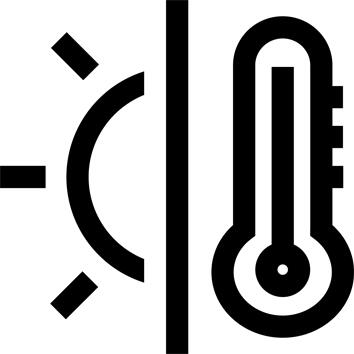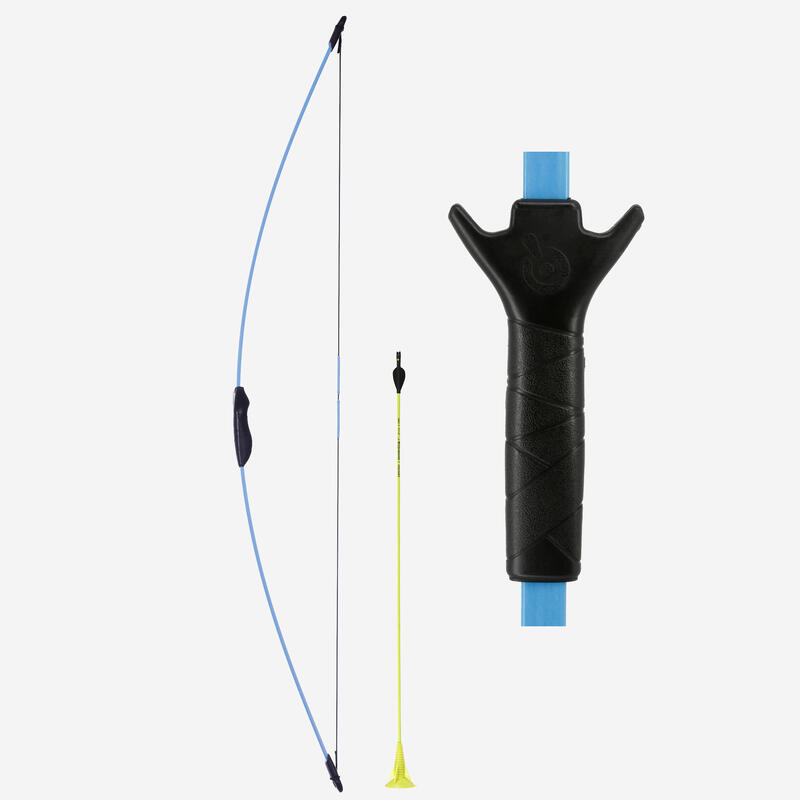How warm is this down jacket?
This down jacket, worn as a 3rd layer, has been validated for an active comfort temperature of -5°C, during a protocolized test in a thermal chamber. The mannequin wears a long-sleeved synthetic t-shirt and a light fleece. He walked in a simulated 5 km/h wind. We also tested this model statically. Its comfort temperature is +5°C.
Would you like to know more about the wadding used?
We use 125 g/m² wadding on the body and 100 g/m² on the sleeves and hood. The wadding is composed of siliconized helicoidal fibers, giving it high compressibility and resilience. Despite its thinness, it offers a high level of insulation thanks to the air trapped inside, while retaining a low weight. It also retains its warmth even when wet.
Durable materials
This polyamide fabric uses 20-denier yarns (unit of measurement for yarn thickness) and withstands 20,000 abrasion cycles.
Resistance is calculated using the martindale test (Standard 12 947-2). This test consists of rubbing the jacket material against another material to determine the product's wear limits.
Outer fabric: 100% polyamide 39 g/m², 20 denier
Lining: 100% polyamide 35 g/m², blend of 15 and 20 denier yarns.
Component water repellency (not to be confused with waterproofing)
A fabric's water repellency is its ability to let water slide off its surface without absorbing it. In this way, the fabric does not become waterlogged, and remains light and warm. Water repellency is achieved by a treatment applied to the outside of the fabric, but it can be altered with use. We recommend that you reactivate it each time you wash.
How to reactivate water repellency?
After cleaning your down jacket, we recommend using a water-repellency reactivator liquid to maintain the hydrophobic properties of the outer fabric. It regenerates the fabric's water repellency and optimizes the performance of your garment throughout its lifetime. You'll find it in stores and on our website by entering code 8817233.
Got a snag? Here's how to repair your down jacket
On a trek, a tear in a down jacket can happen! The good news is that it can be repaired with a patch to prevent the tear from getting bigger or the synthetic fibers from escaping. Don't feel comfortable doing the repair yourself? Don't panic! Some Decathlon workshops offer an in-store repair service to mend your down jacket using an iron-on patch.
Features
Inner flap under zip for wind protection.
Elasticated cuffs.
Flap at top of collar to protect chin.
Elasticated drawcord and tanka fastening at bottom of garment.
Hood with elasticated bias.
Weight
XS : 0.33 kg
S : 0.38 kg
M : 0.39 kg
L : 0.4 kg
XL : 0.41 kg
2XL : 0.42 kg
3XL : 0.43 kg










